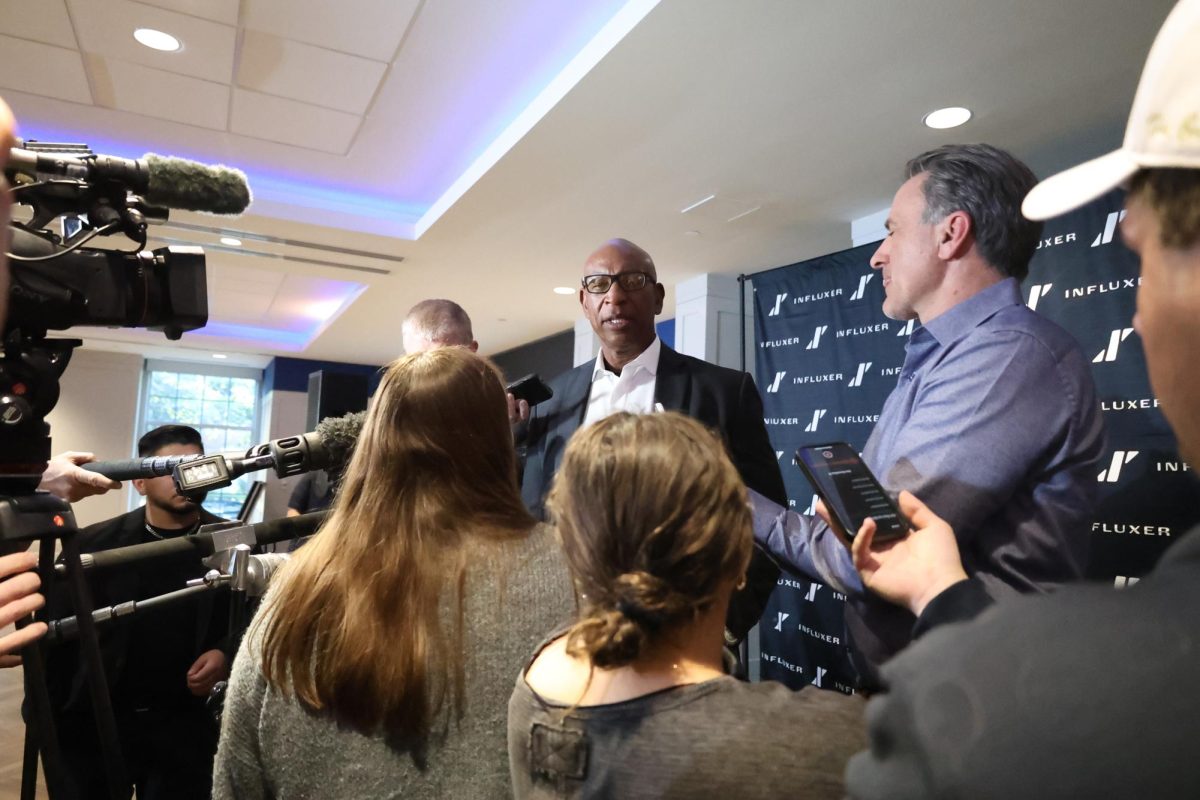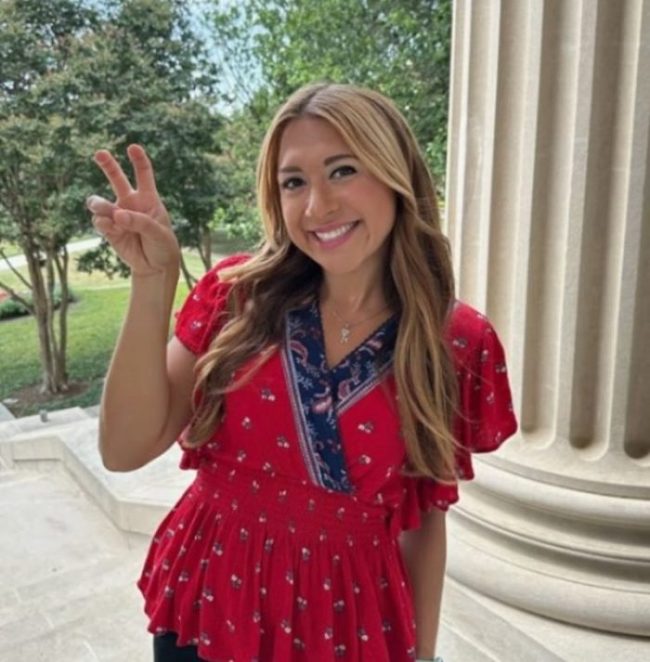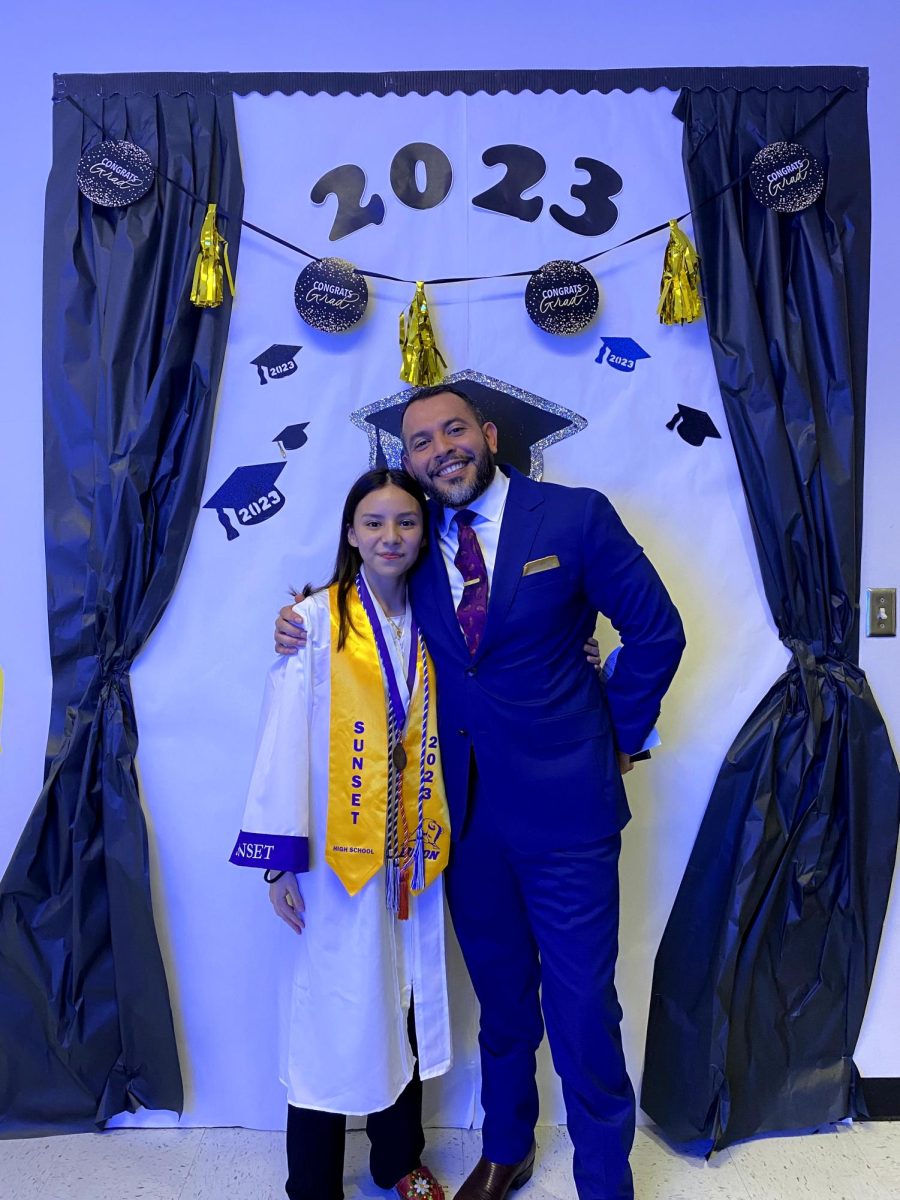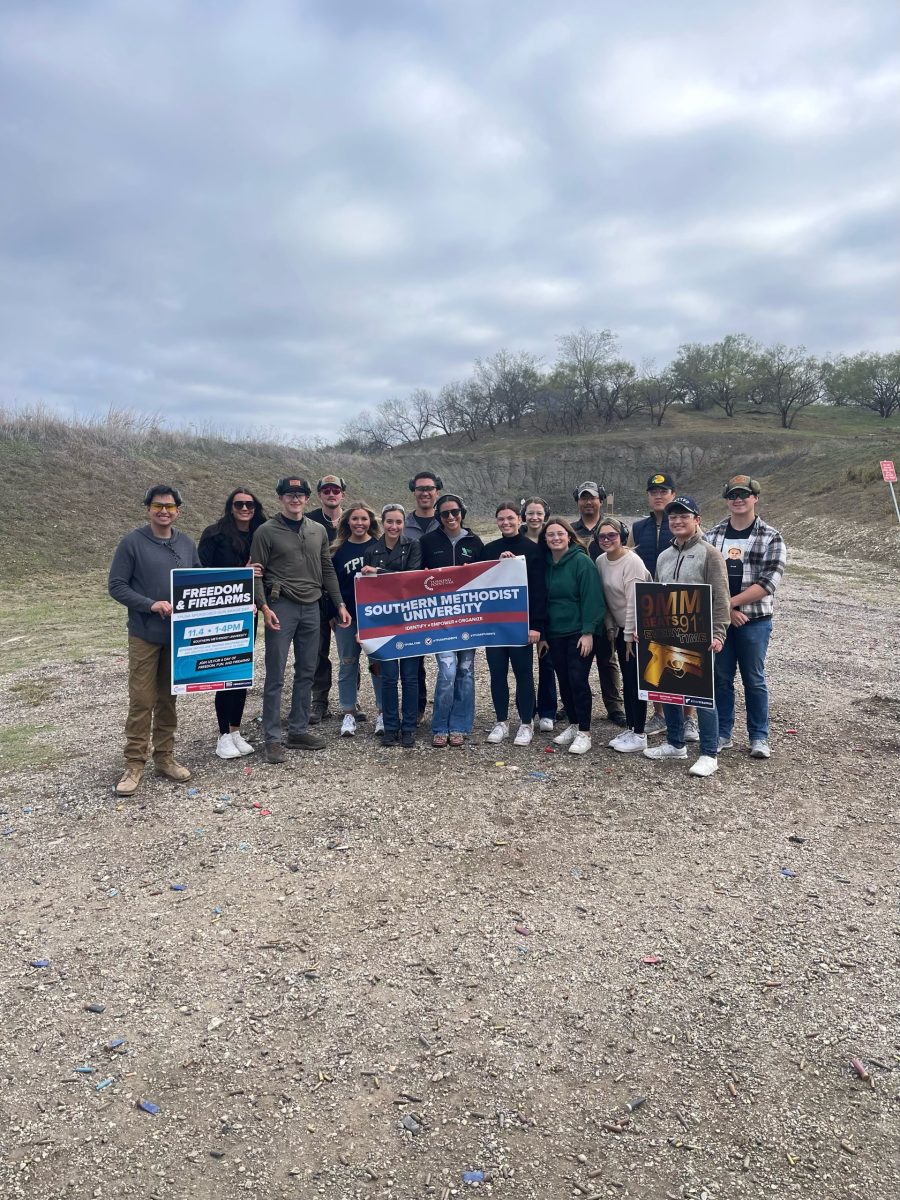In light of the student body’s religious diversity, the Chaplain’s office created the “Quiet Place,” a place for students of all faiths to pray, meditate and reflect. The Quiet Place is located on the third floor of the Hughes-Trigg Student Center.
“Perkins Chapel was the only place on campus for students to pray, and it is exclusively Christian,” said Judy Henneberger, assistant chaplain to the university.
The first-year class is 23 percent Methodist, 22 percent Catholic, 16 percent non-denominational, and 6 percent are of Jewish, Hindu, Muslim or Buddhist faiths, according to the Chaplain’s Office Web site.
The Chaplain’s office recognized the religious diversity on campus and sought to make a place for students of all faiths, Henneberger said.
In order to have such a place, the Chaplain’s office spoke with Tim Moore, director of the student center. The Wesley Foundation moved its offices, and the Multi-Cultural Office reconstructed its space to accommodate the prayer room.
“The Quiet Place was approved [by the university] as long as it was non-denominational,” said Asad Rahman, the president of the Muslim Students Association. “It is very peaceful and there are no religious books in there.”
Rahman said the Quiet Place has been in use since fall of 2001. The formal dedication is scheduled for the spring of next year.
A number of Muslim students pray five times a day. Before the Quiet Place, these students had to move from room to room, Rahman said.
Rahman attributes the coming about of the Quiet Place to University Chaplain Will Finnin.
“[He] is a visionary,” Rahman said. “He always thinks of ways to help students with various stresses and pressures of the world.”
Muslim students are not the only ones that use the “Quiet Place,” Rahman said. He has seen Christian students use the room.
Senior Dina Pugach, co-president of Hillel, a Jewish student organization, also has noticed both Muslim and Christian students in the room.
Jewish students meet and talk at the Hillel house on campus rather than the Quiet Place, Pugach said. Members congregate at the Hillel house during Hillel-hosted Sabbath services on various Friday nights throughout the year.
Sivaram Rajan, a senior and president of the Hindu Students Organization, does not know of any Hindu students who use the Quiet Place. Hindus do not have a designated day of prayer, and it depends on the individual, Rajan said.
A member of HSO does lead discussion meetings on the Bhagavad Gita every Tuesday in Portico A of Hughes-Trigg. The Bhagavad Gita is the Hindu sacred text.
Rahman, Pugach, and Rajan all agree the university has done all that it can do for their religious organizations and students.
Rahman has a suggestion for everyone: People should educate themselves about other religions – not to convert, but to understand their classmates’ faiths.








